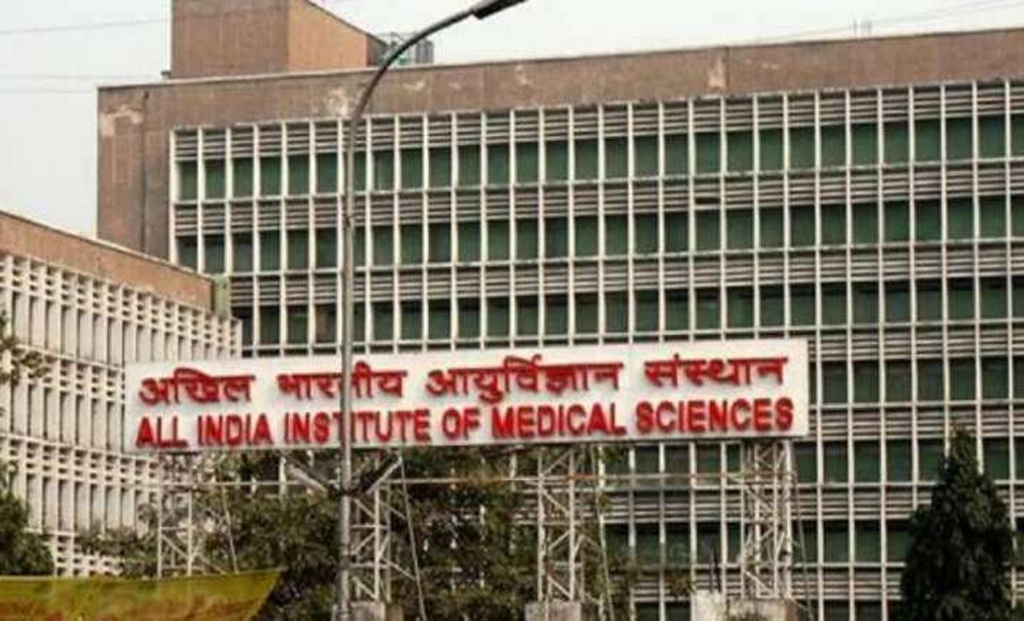Non-communicable diseases (NCDs) cover a vast group of diseases such as cardiovascular diseases, cancer, diabetes, and chronic respiratory diseases.
According to reports, NCDs contribute to around 38 million (68%) of all the deaths globally and to about 5.87 million (60%) of all deaths in India.
There are NCDs that are mainly responsible for the total NCD mortality and morbidity which includes cardiovascular diseases, chronic respiratory disease, cancers, and diabetes that contribute to about 82% of the overall NCD deaths (World Health Organization – WHO, 2014).
It has been seen that the majority of NCD deaths occur in low and middle-income countries such as India, which is undergoing an epidemiological health transition owing to rapid urbanization, which, in turn, has led to an overall economic rise, but with certain associated flipsides (risk factors).
Dr. KK Aggarwal, President HCFI and CMAAO, Editor-in-Chief Medtalks & IJCP Group shared his insights on this topic with the viewers of Healthwire Media and said, “When we talk about non-communicable diseases, we talk about lifestyle diseases, metabolic diseases, cardiometabolic diseases, and specifically we talk about heart blockages, metabolic syndromes, diabetes, obesity, and cancer. They all have one thing in common that is low-grade systemic inflammation. We have a twin pandemic going on, on one side, we have COVID-19 and on the other hand, we have metabolic syndrome.”
“All those people who have the cardiometabolic disorder, they are comorbid disorder, they die if they get Covid-19. All those patients who have lifestyle disorders, and have low-grade systemic inflammation, they tend to develop more pneumonia, more inflammation, and more blood clot. The trend in India shows that all these lifestyle disorders are increasing and I will not be surprised if 40% of the population is already in low-grade systemic inflammation,” he said further.
To know what does low-grade systemic inflammation mean watch the full video here:











